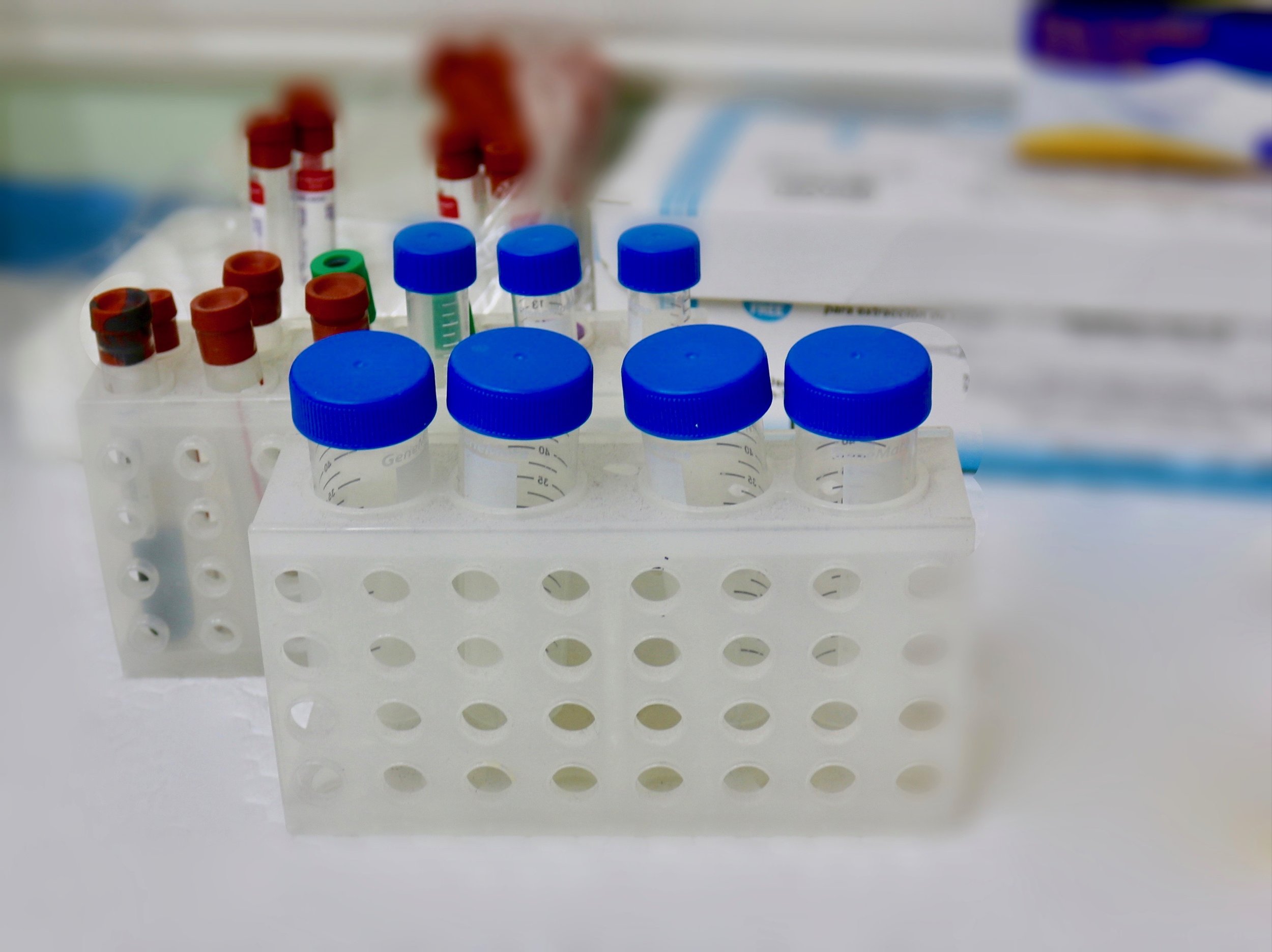What actually happens to newborn DNA samples once its been tested for genetic disorders?
In the last five decades, most babies born in the United States have unknowingly participated in a test called the Newborn Genetic Screening program. The test has been established to identify treatable genetic disorders in newborn infants. Early identification of these disorders is crucial in addressing symptoms and preventing a lifetime of disability. The test is a simple one: one small prick to the heel to collect a blood sample. With this sample doctors and nurses test for a variety of hereditary and congenital disorders. The controversy surrounding this program doesn't start until after the completion of the testing, whereby the samples are often stored in state-run biobanks.
Your or your child's DNA may have been stored and shared without your consent. Given that this has been going on since the 1960’s it is more likely than not that your samples are out there without your knowledge. Most people don't even know what the Newborn Genetic Screening test is or that they were a part of it. It’s importance and significance in identifying preventable disorders is not under question, but what happens to residual samples should be brought to light. State-run biobanks (or data repositories as the Association of Public Health Laboratories calls them) are established to store these samples and are shared with departments such as law enforcement for analysis and research.
What is the Newborn Genetic Screening Test?
The Newborn Genetic Screening test began in the 1960’s. Back then it served to simply detect one genetic disorder, phenylketonuria. A condition that causes brain damage but, if caught early enough can be treated. Since then our knowledge of genetic disorders has improved immensely, largely due to the NGS Program. Collection of the blood sample must be completed within 12 to 48 hours after birth and can now detect between 30 and 50 genetic disorders. It is without a doubt an important and lifesaving program, and an estimated 12,500 newborns are diagnosed and saved annually. Participation in the NGS Program is a legal requirement. and therefore, parental consent is not required. However most states allow parents to “opt out” if there are religious or philosophical reasons. However hospitals do not usually inform the parents that the test will be conducted, making it challenging to opt out.
Duration and Location of DNA Storage
Your blood sample storage is different depending on state of birth. The most common practice is for it to be stored in state-run biobanks. Parental consent laws also differ for storage, in some states parental consent is necessary before storage of samples. In California for example, once tested the state retains the rights to store the samples. other states destroy the samples after six to twelve months whilst other store it much longer, ranging from 21 years to indefinitely.
How are These Samples Used?
Even though states might not use the samples, other researchers and government agencies still have access to them. It might be necessary for parents to find out what their or their children residual blood spots are used for. Residual blood spots storage can be used in the following.
a. Research purposes such as:
Retesting the samples to confirm the screening results
Developing new screening tests
Developing new techniques for forensic studies
Identification of new diseases
Quality control purposes
Access for those who are not biorepository lab technicians (such as those people in law enforcement)
b. Law enforcement purposes such as:
According to a Columbia Broadcasting System (CBS) report, they discovered that a minimum of four court orders and fie search warrants were obtained for identified blood spots. One of these cases involved a request to test the residual blood spot for drugs at birth. There are also cases where coroners use these samples to help in the identification of bodies or parents who request it to prove paternity.
Most famously the issue of storing these samples was brought to light during the trial of the Golden State Killer. The DNA from the crime scene was matched by law enforcement officials with DNA from a California state-run biobank. They used an open-source genetic database, called GEDmatch to identify the killer.
Controversies
As you can imagine the NGS Program presents several opportunities for abuse. These residual blood spots are easily accessed and many issues can be raised, including:
a) Consent
Parents of the children are not usually informed or asked for consent to the screening. Given the nature of the information collected during this test many people are concerned with the number of loopholes that exist. In the Genetic Information Nondiscrimination Act of 2008 that exists to prevent genetic discrimination from health insurance companies. Since the screening is paid for through health insurance companies. Many fear that a positive test could very well taint a child's record and that insurance companies could use it against people in the future.
b) Ethics
There are ethical concerns surrounding residual bloodspots. Some are concerned that residual blood spot research is a way for the government to further control its citizens and have access to not only their records but also their genetic material.
c) De-identification
While some believe that de-identification of DNA is possible by not storing the identifying information together with the blood samples, many argue that the DNA itself is an individual’s unique code and can always be used to identify individuals.
Conclusion
The laws for residual blood spots vary depending on the state one is born in. Those concerned should read up on the state’s procedures and policies. It is also important to note that policies and laws can change with time. This means individuals concerned with what happens to DNA samples should stay up-to-date with the new policies.



